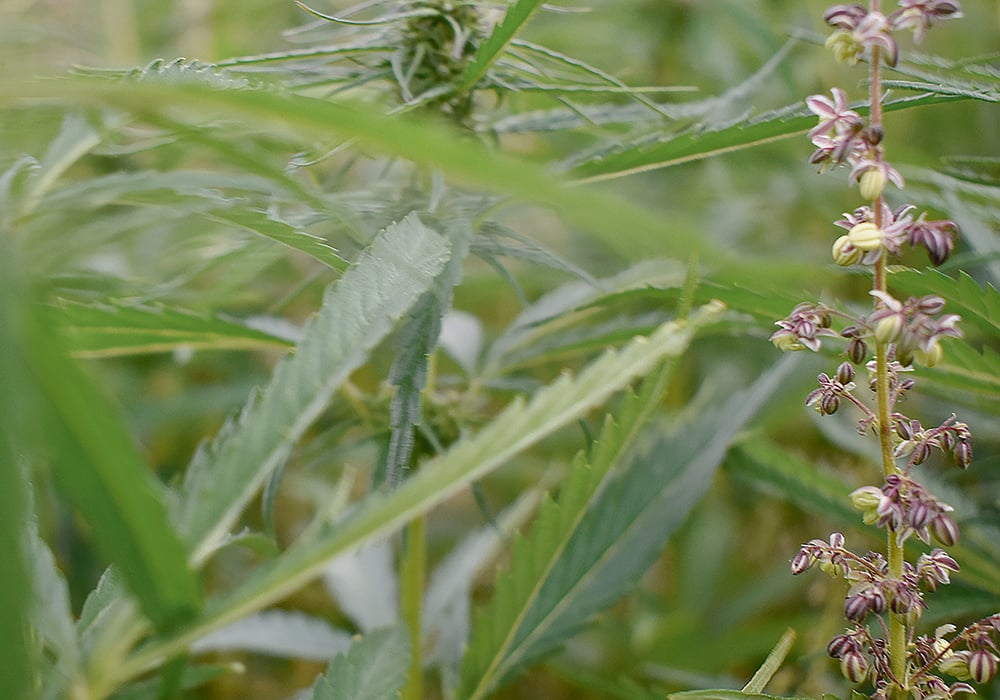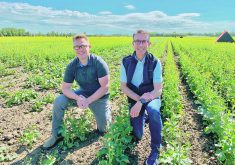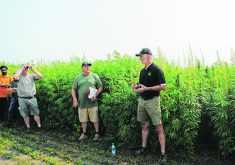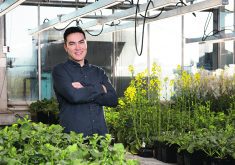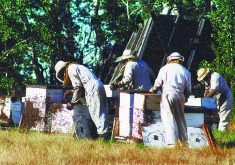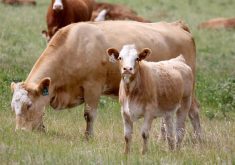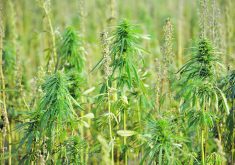WINNIPEG — Alberta’s hemp industry has decided to go in a new direction with the focus on increasing yields and reducing the price point of a crop that’s too expensive for most food companies and many fibre processors.
The Alberta Hemp Alliance is pursuing a project that will deliver new genetics to farmers — high-yielding hybrids — so hemp can compete with other crops.
Related story: Status quo likely for hemp acres
Read Also

Drones now used to assess wildlife crop damage in Saskatchewan
Wildlife damage in Saskatchewan crops is now assessed by drones and artificial intelligence.
“What needs to happen for this industry to make some inroads is the same thing that happened to other crops…. That is, the advancement of genetics that led to higher yields, improved quality,” said Russ Crawford, a consultant for the Alberta Hemp Alliance.
“The hybrid model seems to be one that is more effective and faster to market…. It’s going to get us to those goals of higher yields, in particular, faster.”
Crawford and the Alberta Hemp Alliance are submitting an application to Results Driven Agriculture Research in Alberta (RDAR) to fund field trials and the testing of hemp hybrids across Western Canada.
The project is subject to approval, but Crawford is hopeful they’ll begin field trials this summer.
“The conversations are very positive and ongoing.”
The shift toward hybrids and better crop genetics is seen as necessary because hemp has struggled to gain traction with farmers and within the food industry over the last decade.
Around 2014, there was a great deal of optimism in Canada’s hemp industry.
The Canadian Hemp Trade Alliance projected that acreage would reach 250,000 by 2018 because consumer demand for hemp food was about to explode.
“Absolutely … it (acreage) is definitely going to grow and grow significantly over the next couple of years,” Shaun Crew, president of Hemp Oil Canada, a processor in Ste. Agathe, Man., that produced hemp seed oil, hemp protein and hemp flour, said in 2014.
“We’re seeing more and more major international food processing companies adopting hemp as an ingredient … everything from hemp cereal, hemp ice cream to hemp nutrition bars.”
That forecast didn’t pan out.
Hemp acres didn’t hit 250,000 and hemp ice cream may exist, but it’s not sold in huge volumes at Costco or Safeway.
Licensed hemp acreage in Canada has been 35,000 to 54,000 over the last few years.
Three issues prevented food manufacturers from using hemp as an ingredient, thus limiting market demand.
The main roadblock has been regulations. Federal regulators still treat hemp like a controlled substance, which producers need a license to grow. Those regulations and the crop’s association with cannabis have been a deterrent to consumer acceptance.
The other two roadblocks are connected to hemp genetics, Crawford said.
“The yield was one (major issue) and seed consistency was another. Two of the top three issues are genetic related.”
Right now, dryland hemp yields in Western Canada are 700 to 1,000 pounds per acre.
If hybrids are introduced and producers adopt better agronomics, it’s possible yields could jump 50 percent in the short term and climb higher over the longer term.
If producers could consistently hit 1,300 to 1,500 lb. per acre in the near term, it would make hemp grain more productive for farmers and they could sell it at a lower price to users. Thus, hemp would be more competitive with other grains and demand should expand.
The Alberta Hemp Alliance has selected Innotech Alberta and Verve Seeds, a firm located in Saskatoon, to develop hemp hybrids.
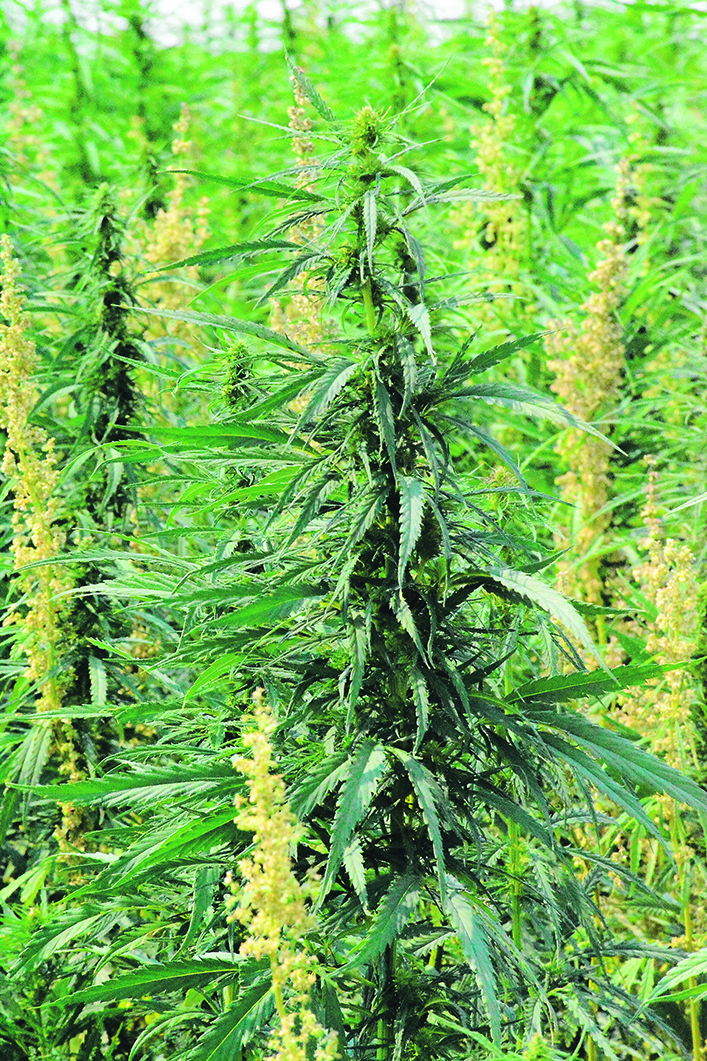
Verve Seeds has already done development work, but plot trials are needed to select the best hybrids for Western Canada.
Crawford described the next steps as the “heavy lifting” phase of trials and data analysis.
“Which takes a lot of acres, a lot of manpower and a lot of money.”
If all goes according to plan, prairie farmers could be planting hybrid hemp by 2027.
Should that happen, it could be transformative for Canada’s hemp industry.
“It’s a good word (transformative). It will change the dynamics of the industry considerably,” Crawford said, adding that hybrids will help farmers who grow hemp for grain and for fibre.
Right now, Alberta does have companies that process hemp fibres into products for industrial users.
But the cost of hemp fibre puts a limit on potential uses.
If the price was lower, more doors and markets could open.
“(Then) we can start to talk to the building material guys because (it’s) cheap enough … that it could be used for oriented strand board, dimensional lumber, the lower-cost construction items,” Crawford said.
“I think it all starts with genetics.”


